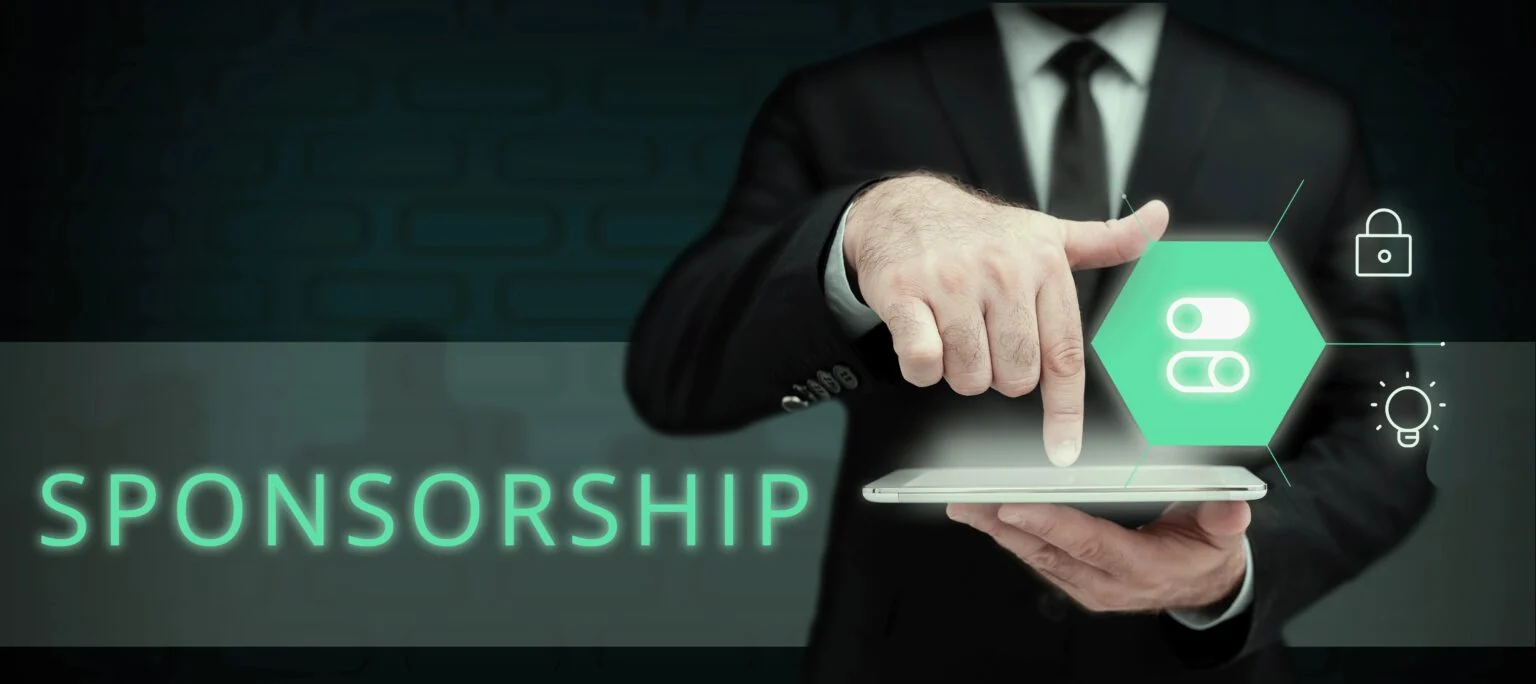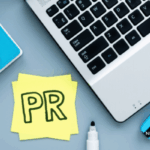How to Create Sponsorship Levels & Lock in Sponsors [Examples!]
Introduction
Securing the right sponsors can make or break your event—and the right sponsorship levels can exponentially raise your chances of success! Your sponsor levels should speak to your sponsors’ needs. One way to do that is to research your sponsors (and your competitors!) and come up with event sponsorship levels that are made just for them. But let’s be real, figuring out sponsorship options can feel a bit overwhelming. What benefits should you offer? How much should you charge? How many should there be?
In this post, we’re going to break down the ins and outs of sponsorship levels—what they are, whether you should use them for your event, and how you can create levels of sponsorship effectively. Let’s dive in.
What Are Sponsorship Levels?
Sponsorship levels provide potential sponsors with options to support your next event. That could mean they receive more benefits for more money; they could be themed for different types of sponsors (eg, media, venue); or they could be off-the-wall creative. For events like conferences, trade shows, or festivals, sponsorship levels can include benefits like:
- Event app banners
- On-site signs and banners
- Recognition during opening & closing ceremonies
- Social media shout-outs
- VIP treatment (special seats, merch, food, and drink)
For nonprofit events like a charity run or a gala, sponsorship levels can include donor networking opportunities or exclusive access to events.
Do I Have to Have Sponsorship Levels?
Managing levels of sponsorship can take a lot of time and energy from your team, so ask yourself these questions first:
- How big is your event? Sponsorship levels may be more suitable for larger, more complex events with a range of potential sponsors and stakeholders. Plus, you need an audience big enough to attract sponsors!
- Do you have different types of sponsors? If your event attracts sponsors with different needs and goals, creative sponsorship levels can provide them with benefits tailored to their needs.
- Do you have the capacity to manage tiers? Consider whether you’ll have the time and resources to implement sponsorship levels. You’ll need to fulfill benefits for each tier, manage and track sponsor agreements at each level, and more.
- Are you bringing value at every tier? Ensure you can offer unique value at every sponsorship level, and make sure you can deliver on the promises made to sponsors.
- Can you meet your event’s needs without sponsorship levels? You might not need sponsor levels if you have a small event or a big one with a small range of sponsors. Or your sponsors may prefer having tailored sponsorship packages for their investment.
To summarize, whether you need sponsorship levels will depend on your goals, your event’s size and scope, your resources, and your sponsors. Think about what’s involved in having basic sponsorship offerings vs. levels or custom packages, and which will fit your sponsor profiles more.
The Benefits of Event Sponsorship Levels
Establishing sponsorship levels for events brings a range of benefits to both organizers and sponsors. For event planners, tiered sponsorship packages provide a structured way to increase revenue by offering premium opportunities to sponsors eager to deepen their involvement. Rather than creating one-off agreements, having predefined levels simplifies planning and reduces the workload for your team. It also allows for more integrated collaboration—such as assigning sponsors to specific event components like networking sessions—boosting both efficiency and engagement.
From the sponsor’s perspective, well-designed tiers foster better relationships by aligning with their goals and offering visibility that directly reaches their target audience. Higher-tier sponsors can also enjoy exclusive perks, such as speaking slots or access to VIP areas, reinforcing their value and enhancing long-term loyalty.
How to Create Sponsorship Levels?
Creating effective sponsorship levels involves a structured, strategic approach to ensure value for both your event and its sponsors. The process begins with evaluating your current sponsors and analyzing their past contributions, which can reveal valuable insights into what benefits resonate most. At the same time, it’s essential to research potential new sponsors, including those involved in similar events. Once your targets are identified, you must determine their specific goals and needs—using surveys, competitive analysis, and industry examples to guide your understanding.
Design Your Own Sponsorship Package With Creative Sponsorship Levels
Tailoring sponsorship levels to meet the specific needs of your sponsors creates mutual value and strengthens event success. When designed effectively, sponsor tiers can attract a diverse array of sponsors by aligning benefits with their marketing goals—such as increased brand visibility, lead generation, and direct engagement with attendees. EventMobi supports this process by providing a comprehensive suite of tools to maximize sponsor impact, including exhibitor lead capture, customized event experiences, sponsor gamification, interactive floor maps, in-app banners, and sponsored notifications. These features help ensure that sponsors see measurable returns, encouraging long-term partnerships and consistent event revenue.
Disclaimer: The following press release is reposted for informational purposes only from www.eventmobi.com. All rights, including text, images, and trademarks, belong to the original publisher ( Event Mobi ) or issuing entity. We do not claim ownership of this content and are not responsible for its accuracy or any subsequent use.




